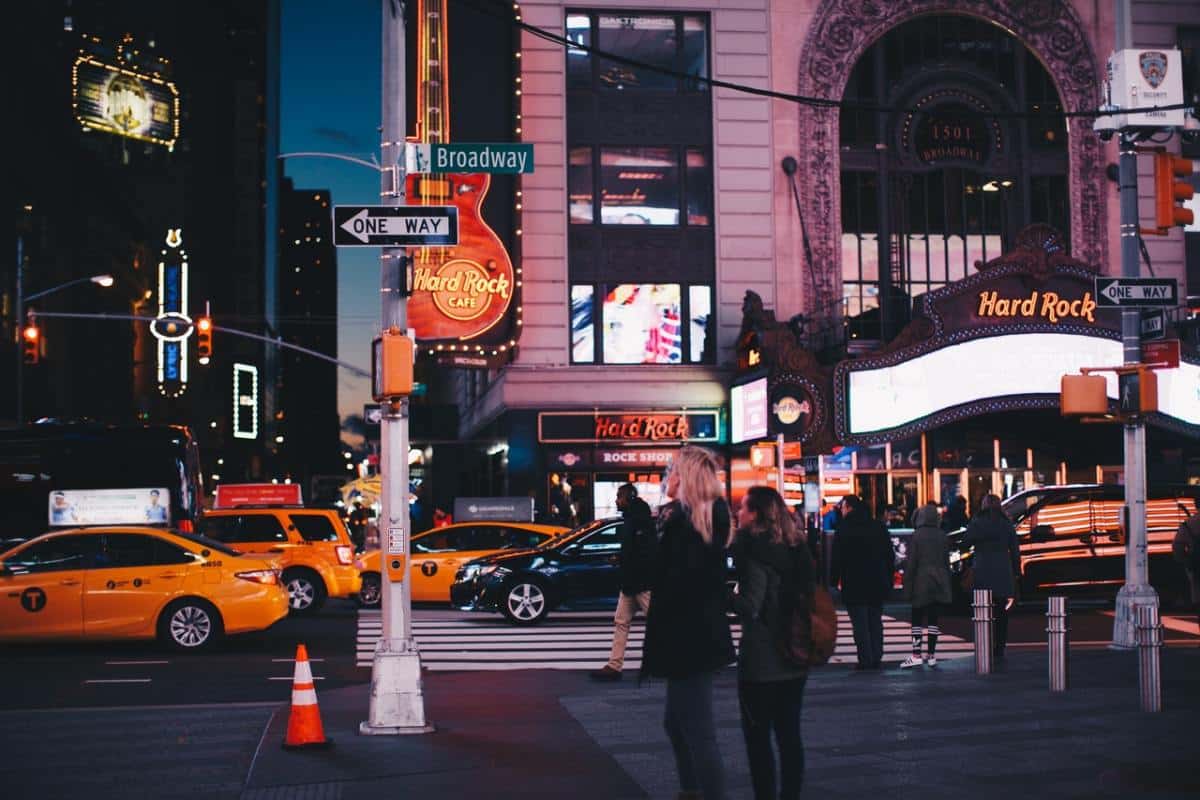Street Photographers for Dummies
Street Photographers for Dummies
Blog Article
The 5-Minute Rule for Street Photographers
Table of ContentsThe Street Photographers StatementsStreet Photographers Things To Know Before You BuyUnknown Facts About Street PhotographersGetting My Street Photographers To WorkExcitement About Street Photographers
, a style of photography that records daily life in a public area. The very publicness of the setup allows the digital photographer to take candid images of unfamiliar people, usually without their expertise. Street photographers do not always have a social purpose in mind, but they choose to isolate and capture minutes which may or else go undetected.He was influenced by numerous of those that affected the street professional photographers of the 1950s and '60s, he was not chiefly interested in recording the spirit of the street., who functioned side by side with professional photographers trying to catch the essence of city life.
As a result of the comparatively primitive innovation offered to him and the lengthy direct exposure time called for, he battled to record the pressure of the Paris streets. He try out a series of photographic methods, attempting to find one that would allow him to catch activity without a blur, and he found some success with the calotype, patented in 1841 by William Henry Fox Talbot. While the digital photographers' topic was essentially the same, the results were noticeably various, demonstrating the impact of the digital photographer's intent on the character of the images he produced.
The Only Guide to Street Photographers
Offered the fine top quality of his photos and the breadth of product, designers and musicians typically bought Atget's prints to utilize as reference for their very own job, though industrial passions were hardly his major motivation. Rather, he was driven to picture every last remnant of the Paris he enjoyed. The mingled passion and seriousness of his mission luster through, causing pictures that tell his very own experience of the city, qualities that expected street photography of the 20th century.

Unlike his peers, Brassa utilized a larger-format Voigtlnder electronic camera with a longer exposure time, requiring him to be much more calculated and thoughtful in his technique than he could have been if utilizing a Leica.

See This Report about Street Photographers
It is due to this essential understanding of the art of picture taking that he is frequently attributed with uncovering the medium throughout once more about a century considering that its invention. He took photos for greater than a half century and influenced generations of professional photographers to trust their eye and instinct in the minute.
These are the concerns I shall try to answer: And afterwards I'll leave you with my very own interpretation of road photography. Yes, we do. Let's start with defining pop over here what a definition is: According to it is: "The act of specifying, or of making something precise, distinctive, or clear".
No, certainly not. The term is both limiting and misguiding. Seems like a road photography need to be pictures of a roads ideal?! And all road photographers, with the exception of a handful of absolute novices, will totally appreciate that a street is not the vital part to street photography, and in fact if it's an image of a street with possibly a couple of monotonous individuals not doing anything of interest, that's not road photography that's a picture of a street.
Unknown Facts About Street Photographers
He makes a valid factor don't you believe? However, while I agree click now with him I'm unsure "candid public photography" will catch on (although I do type of like the term "honest digital photography") since "road digital photography" has been around for a very long time, with many masters' names affixed to it, so I think the term is here to stay.
Inside?! I hear you yell as you shake your fist to the sky. Why not? You can shoot at the beach, at a festival, in a street, in a park, in a piazza, in a coffee shop, at a gallery or art gallery, in a city station, at an occasion, on a bridge, under a bridge ...
Yes, I hesitate we have no selection! Without policies we can not have a definition, and without a definition we don't have a genre, and without a style we do not have anything to specify what we do, and so we are embeded a "regulations meaning genre" loophole! And no-one desires to get stuck in a loophole. - Street Photographers

Report this page